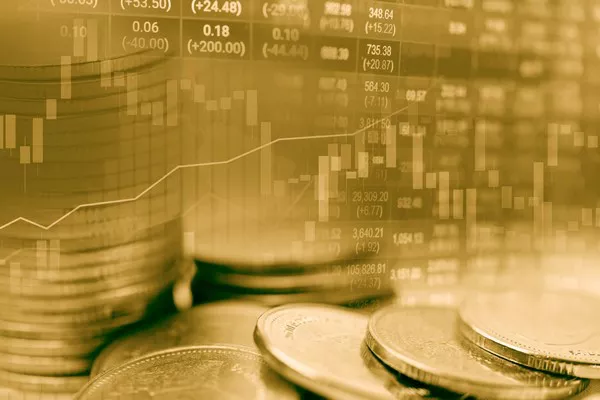In the ever-evolving landscape of investment opportunities, gold has stood the test of time as a reliable and cherished asset. Its allure as a safe-haven investment has captivated investors for centuries, and as we peer into the future, the role of gold in the global financial system remains of great interest. This article delves into the future of gold investment, exploring five key aspects that are likely to shape the precious metal’s journey in the coming years.
1. Economic Uncertainty and Gold’s Resilience
One of the primary factors that will influence the future of gold investment is the prevailing economic climate. In times of uncertainty, be it economic downturns, geopolitical tensions, or inflationary pressures, gold has historically proven to be a safe-haven asset. As the global economy becomes increasingly interconnected, any shock in one part of the world can reverberate globally. In such instances, investors often seek refuge in the stability and intrinsic value of gold, driving its demand and price higher.
2. Technological Advancements and Gold Demand
The future of gold investment is intricately tied to the demand for gold across various industries. Beyond its appeal as a store of value, gold has numerous industrial applications, particularly in technology and healthcare sectors. Advancements in technology may influence the demand for gold in electronics, as it remains an exceptional conductor and connector in various devices. Additionally, its use in medical applications, including diagnostics and treatments, may also impact gold’s future demand.
3. Evolving Investment Instruments and Accessibility
Traditionally, investing in gold involved buying physical bullion or jewelry. However, with the advent of technology, investors now have various options to access the gold market. Exchange-Traded Funds (ETFs) backed by physical gold holdings and gold futures are gaining popularity, providing investors with more flexibility and liquidity. Furthermore, digital platforms and blockchain technology are also enabling fractional ownership of gold, making it accessible to a broader range of investors.
4. Shifts in Global Monetary Policies
The future of gold investment is also influenced by the actions of central banks and their monetary policies. During times of loose monetary policies and low-interest rates, gold tends to perform well as investors seek alternative assets to preserve wealth and generate returns. Conversely, a tightening monetary policy may curb the appeal of gold, as higher interest rates could make other investments more attractive.
5. Environmental and Ethical Concerns
As the world becomes more conscious of environmental and ethical issues, the mining and sourcing of gold may face scrutiny. Responsible and sustainable mining practices are gaining prominence, and consumers are increasingly valuing ethically sourced gold. These factors may influence gold supply chains and impact investor sentiment towards the precious metal.
Conclusion
In conclusion, the future of gold investment appears promising and multifaceted. Its long-standing reputation as a safe-haven asset makes it an attractive option during uncertain times. Additionally, advancements in technology and evolving investment instruments are likely to boost gold’s demand and accessibility. The delicate interplay between global economic conditions, monetary policies, and ethical considerations will undoubtedly shape the trajectory of gold as an investment in the years to come. As investors navigate through the complexities of the financial landscape, the allure of gold’s timeless appeal remains steadfast.


